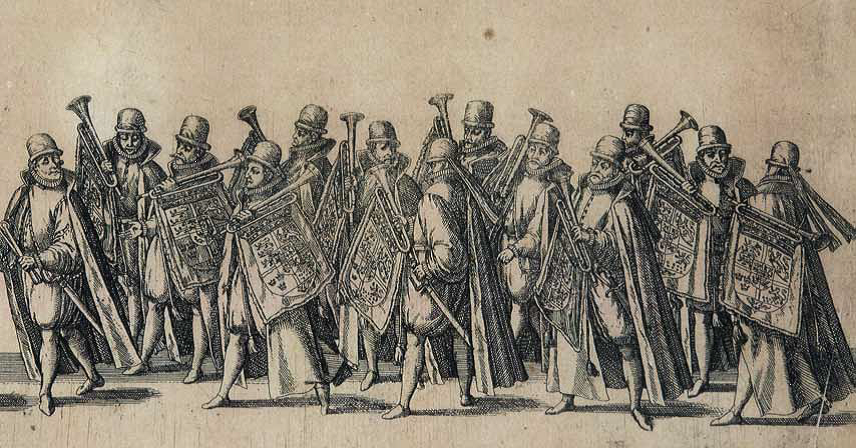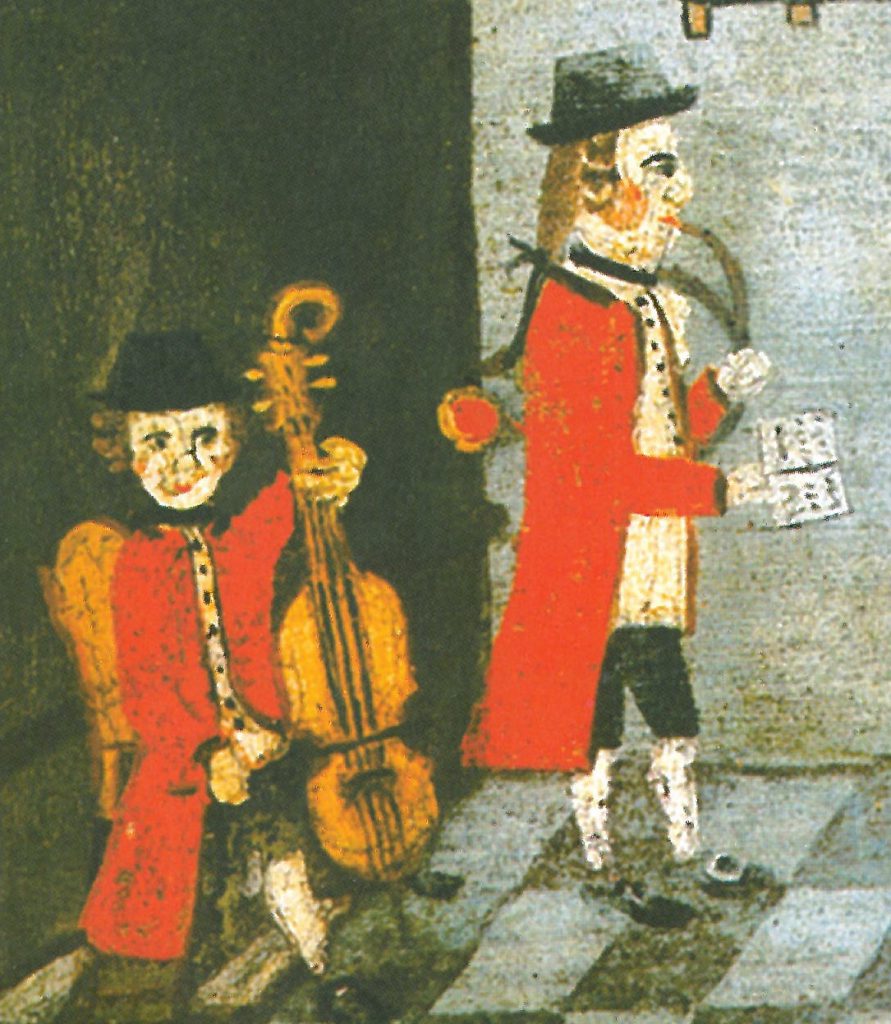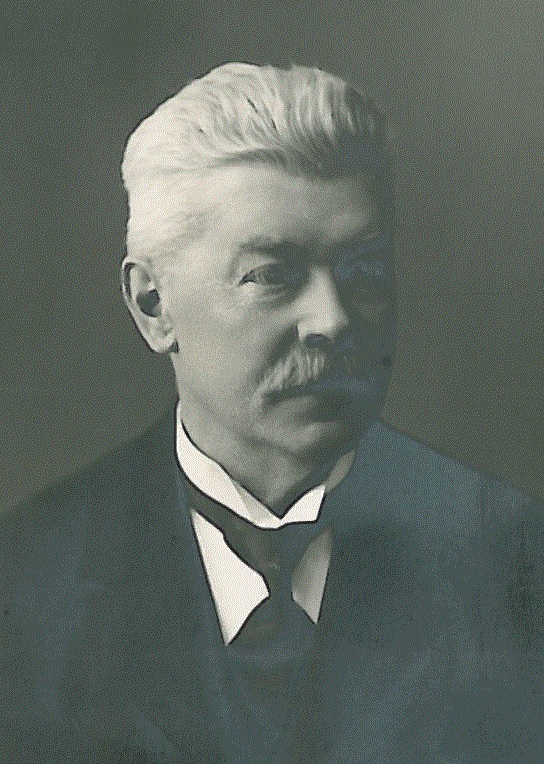DANISH MUSIC FOR BRASS 6


DANISH MUSIC FOR BRASS
Is a series of recordings with brass players from the Royal Danish Orchestra
as chamber music players or soloists

CONCERTOS for TRUMPET and ORCHESTRA
PLAYED BY KETIL CHRISTENSEN



MORTEN RAES
I – Andante
II – Allegro
THORVALD HANSEN
Sonata for Trumpet and orchestra
Arr: Bo Andersen
I – Allegro con brio
II – Andante
III – Allegro con anima
HILDA SEHESTED
Suite for Cornet or Trumpet in Bb and Orchestra
I, II, III
KNUD ÅGE RIISAGER
Concertino for Trumpet and Strings op.29
I – Allegro
II – Andante semplice
III – Rondo vivace
VAGN HOLMBOE
Chamber concertino no. 11 op.44 for Trumpet and Chamber Orchestra
I – Largo-Allegro con forza
II – Poco lento
III – Allegretto, ma vivace
LEIF THYBO
Concerto for Trumpet, Trombone and String Orchestra
I – Allegro
II – Molto Lento e semplica
III – Molto vivo
ERIK NORBY
Capriccio for Solo Trumpet, Strings and Piano


KETIL CHRISTENSEN – TRUMPET
COLLEGIUM MUSUCUM ORCHESTRA
Conducted by Michael Schønwandt
ÅLBORG SYMFONIORKESTER
Conducted by Henrik Vagn Christensen

THE ROYAL DANISH ORCHESTRA

The Royal Danish Orchestra’s emblem, the Royal Trumpeter Corps. Engraving from 1583. The Royal Danish Orchestra is the the world’s oldest orchestral institution. It started out 1448 as a trumpeter corps, and today it is an opera and symphony orchestra based at the Royal Opera in Copenhagen.


KETIL CHRISTENSEN (1952-)
Studied at The Royal Danish Academy of Music with Kurt Petersen and became only 19 years old principal trumpet in The Royal Danish Orchestra. Co-founder of The Royal danish Orchestra Brass Ensemble and member of the chamber orchestra Collegium Musicum, Copenhagen. Has made many recordings and engagements as soloist. in 1980 he won a prize at the international competition for soloists in Munich and has later been a member of the jury at the same competition in 2018. Has been teaching trumpet at The royal Danish Academy of Music. The recipient of the Gade Scholarship and Gladsaxe Music Award.


CARSTEN SVANBERG (1945- )

Carsten Svanberg has had positions in The Danish Life Regiment Band, The Royal Guards Band, principal trombone at The Royal opera in Stockholm, same position in The Danish Radio Concert Band, The Royal Danish Orchestra and the Danish Radio Symphony Orchestra. In 1992 he was appointed professor of trombone at the University of Music in Gratz, Austria. Carsten Svanberg received the highest Award given by International Trombone Association in 1996 for his contribution as a performer and as teacher worldwide.


MICHAEL SCHØNWANDT (1953-)

From 2000 until May 2011 Michael Schønwandt was chief conductor at the Royal Danish Theatre, where he has conducted regularly since his debut in 1979. Alongside this he has been chief conductor of Collegium Musicum since the foundation of the orchestra in 1981. In 1987 and 1988 he was the first Scandinavian conductor ever of the Festival in Bayreuth, and in 1992-1998 he was chief conductor of the Berlin Symphony Orchestra. Michael Schønwandt, who is a much appreciated and sought-after conductor in many international concert halls and opera houses, appears in several CD and DVD recordings. Among other things he has recorded all Carl Nielsen’s symphonies on CD and headed the Royal Danish Orchestra on the DVD release of Kasper Bech Holten’s staging of Wagner’s The Ring of the Nibelung, Principal Guest Conductor of La Monnaie in Brussels (1984–87), Principal Guest Conductor of the Danish National Radio Symphony Orchestra (1987–2000), and Principal Guest Conductor of the Royal Flanders Philharmonic Orchestra and Principal Guest Conductor of the Staatstheater Stuttgart. He took up his present position as Principal Conductor of the Opéra Orchestre National de Montpellier in September 2015.


HENRIK VAGN CHRISTENSEN (1963-)

– educated at The Royal Academies of Music in Aalborg, Aarhus and Copenhagen. Henrik Vagn Christensen studied with the conductors Jorma Panula, Frans Rasmussen and Tamàs Vetö. Henrik Vagn Christensen has been associated with The Royal Danish Ballet from 1996 to 2012 and from 2013 – The New York City Ballet. Henrik Vagn Christensen has also conducted the Finnish National Ballet, The Royal Swedish Ballet, The Norwegian Opera, State Theatre in Pretoria, Teatro Real de Madrid and Marinskij Theater in St. Petersburg. The professional brass repertoire has also been in focus, and Henrik Vagn Christensen has also been Chief Conductor of Prinsen’s Musikkorps (2003-2009) and Den Kgl. Livgardes Musikkorps (2006-2009).


DANISH TOWN MUSICIANS FROM THE 17th CENTURY

MORTEN RAEHS the younger (1702 – 1766) was born into a musician family. His father, Morten Raehs the elder, was a town musician at first in the town Horsens and since in Aarhus. Brother Christian Ræhs was violinist and from 1760-1781 organist at Holmens Church in Copenhagen and concert master in the King’s Violonbande (an early version of The Royal Danish Orchestra). Morten Raehs, the younger, was in the 1720s in England, where he perhaps met some of the time’s major musicians and composers such as Händel, Geminiani, Barsanti and Loeillet. As a composer Raehs mainly wrote mostly for his own instrument the flute. He becomes Town Musician in Aarhus 1733-1748 and then he came to Copenhagen performing in the king’s Hofviolon ensemble. He never got a permanent position in the ensemble, but it is likely that he actually was the flute player in the king’s orchestra. He tried to get a firm position as town musician in Copenhagen, and he got the king’s commitment that he would get the job, when the position became vacant. However, when It actually was open in 1764, Raehs did not get the promised position. Instead, from 1 October 1765, he was granted maintenance of 200 rigsdaler annually from the king until he could get a permanent place in the royal orchestra. Unfortunately he died the following year as a poor man. On this recording the flute part has being transferred to trumpet by Ketil Christensen.


THORVALD HANSEN (1847-1915)

THORVALD HANSEN came from The Danish Lifeguard Band to The Royal Danish Orchestra where he was principal trumpet 1884 – 1915. He was regarded the most prominent trumpet and cornet player at his time – maybe the most prominent brass player in Scandinavia. He was the first trumpet teacher at The Royal Danish Academy of Music and acted as organist substitute in our Lady’s Church (Copenhagen Cathedral). Besides that he was vice conductor and played Viola in the Tivoli Garden Symphony Orchestra – and furthermore he was a composer. All his compositions for cornet/trumpet and piano are dedicated to count W. Schultz who donated the cornet on which he played all the solos in the music for the Bournonville Ballets on The Royal Theater. He is particularly famous for his Sonata (published 1911), his Concert Waltz and his Scherzo for cornet/trumpet and piano. In former time his Sonata was test piece for auditions to The Royal Danish Orchestra, but today all his pieces are performed worldwide. For this recording the Sonata has been orchestrated by Mogens Andresen.
From the Baroque era there are many concerts written for natural trumpet, from the Viennese classic there are the two popular concerts of Haydn and Hummel written for keyed trumpet – and then many brand new concerts for valve trumpet have been written, but trumpet players have always missed a romantic solo concert for the valve trumpet that actually already appeared in the 1830s.
Among the brass players in The royal Danish Orchestra goes the story that Thorvald Hansen had the idea that his sonata for trumpet and piano could be written as a Concertino for Trumpet and Symphony Orchestra. Now the idea has been realized with this reconstruction of Thorvald Hansen’s Sonata for trumpet and piano op.18 for trumpet and orchestra. Trumpet players have now finally obtained the masterpiece in an early romantic style for which they have wanted for a long time.
Principal trombone in The royal Danish Orchestra Anton Hansen (1877-1947) writes in his memoirs about Thorvald Hansen: “Thorvald Hansen was unique. To hear him perform the various themes in, for example, Wagner’s operas was a pleasure, performed so wonderfully that one was always delighted with them. This artist had a phenomenal embouchure; there was not the slightest hint of effort to look at his face, although he played with full power. Hardly anyone, be it here or abroad, has had such a beautiful tone and he never exaggerated a forte or fortissimo.
The loss for The royal Danish Orchestra when Thorvald Hansen died has never been completely replaced. – His successor Lauritz Sørensen, who for many years was second trumpet player in the orchestra, was a very skilled musician, and when he possessed a unique imitation talent, he had understood to acquire almost all the good qualities of the predecessor.


TRUMPET PLAYER LAURIDS SØRENSEN IN THE FILM-RECORDING FROM 1923

THIS LINK:
– shows a recording from 1923 with the use of a special system for reproduction of sound in films developed by Danish Engineers Aksel Petersen and Arnold Poulsen. Here the audio sound was recorded separately and the system was used for the first Danish sound feature films at Nordisk Film. At the minute 3:06, there is a recording of the principal trumpet player in the royal Danish Orchestra Lauritz Sørensen.


HILDA SEHESTED (1881-1947)
Photo from The Danish National Museum

As a young girl Hilda Sehested studied piano with C.F.E. Horneman and composition with Orla Rosenhoff. Since she wished to compose chamber music, she had to learn a sting instrument and began to have viola lessons. Later she also studied the organ. Among her friends who studied with Orla Rosenhoff was Carl Nielsen and she was one of his warmest admirers and belonged to his circle. Already in1894 she wrote to her sister in law that she has seen some piano pieces by Carl Nielsen “which to be honest impressed me. This little man would appear to be a big little man”. In his diary Carl Nielsen writes that on the 10th of September he played for some friends “the Symphony, which surprised more than it pleased most of those present. Miss Sehested understood me best”. Hilda Sehested had the year before written to her niece: “Carl Nielsen has something of the spirit of the old masters”. Hilda enjoyed to compose for untraditional instruments, and in 1904 she was “exploring” the cornet. She wrote to a friend: “The cornet can get you to do anything. The first result was “Suite for Cornet or Trumpet and piano, dedicated to the principal trumpet in The Royal Danish Orchestra Thorvald Hansen. In 1912 the work was reviewed in a German military music periodical, and among other things the following was written: A composition for cornet by a woman is a rarity. And yet this suite is one of the most outstanding works of its kind with regard to invention, development and craftsmanship —- the contrapuntal work betraying the hand of a master”. The suite was first performed in March 1905 at the Chamber Music Society by Thorvald Hansen. Up to 1915 she prepared an orchestral accompaniment to the Suite, first performed at the Odd Fellow Palais in Copenhagen, the soloist was Tycho Mohr. In this recording Torben Petersen has rearranged the wind section.


KNUDÅGE RIISAGER (1897-1974)

Knudåge Riisager became a cand.polit. at the University of Copenhagen in 1921. At the same time he studied composition and music theory with Otto Malling and Peder Gram and violin with Peder Møller. For many years he had two careers, one as head of the central administration and one as a composer. Probably, Riisager’s studies abroad contributed to Riisager being considered the most internationally oriented Danish composer in his generation. Knudåge Riisager’s international fame is mainly due to his ballet music, first and foremost in collaboration with the ballet director at The Royal Danish Theater Harald Lander. In 1956-67 he was director of the Royal Danish Music Conservatory. His concertino for trumpet and strings op.29 from 1933 has the status of the most famous Danish trumpet concert.


LEIF THYBO (1922-2001)

Leif Thybo has had a career both as a composer and an organist. For many years he was organ professor at the Royal Academy of Music in Copenhagen, and he has toured busily in Denmark and abroad. Many of Thybo’s works are of course for organ, but he has also written no fewer than ten instrumental concertos, sacred vocal works, chamber music, songs and an opera based on a text by Karen Blixen (Isak Dinesen). Stylistically, Thybo has his roots in the Classicism of the inter-war years, and his teachers included the champions of Carl Nielsen, Poul Schierbeck, Finn Høffding and Emilius Bangert.


ERIK NORBY (1936-2007)
Erik Norby studied music at the Royal Academy of Music. In the beginning he studied trumpet but changes to theory and composition with Finn Høffding and Per Nørgård. From 1966 he was a conservatory teacher of music theory and composition at Aalborg Academy of Music. His works include orchestral and chamber music, piano works, songs, and educational music.
.

















